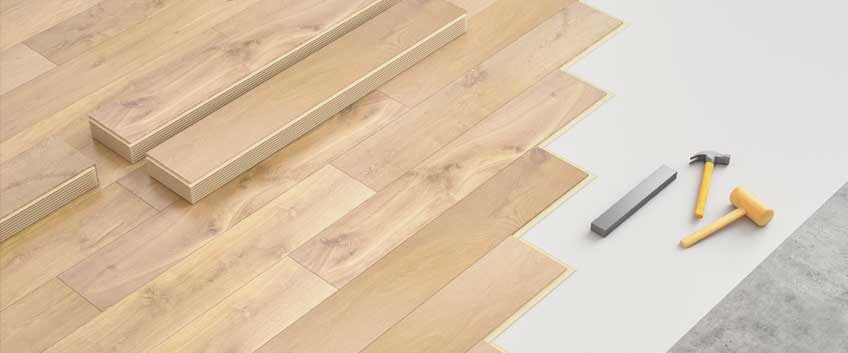
Although wood flooring has been a very popular choice for many households and business clients for the past decades, many people are still not aware of many details that can make the installation process itself way easier and timelier and ensure longer-lasting, harder-wearing and solid and beautiful until the end of time wooden floor that brings joy, happiness and sets you in the right mood. For example, did you know that winter is the best season for wood floor installation? No? Then this article will help you a lot, if you are planning and scheduling an installation service, or if you are simply curious and want to know and understand the needs and requirements of your wooden floor better! Keep reading!
- In winter humidity level is lower than at any other time of the year and this means that less moisture will be left underneath the wooden construction and later on moisture won’t affect the boards that much. Moisture content in the indoor air is also very important, although many manufacturers are underestimating this factor during the installation process. Overall, a good insulation underlay should be always considered for rooms, where humidity is an issue and a very good option underneath engineered wood floors. Otherwise, if moisture is left beneath the floor, it may cause expansion and contractions, which often lead to serious problems and situations that are hard to deal with. In addition, a damp subfloor creates the perfect conditions for the development of mould and mildew you do not want in your house! Carefully check the subfloor in the room, where the floor is planned to be installed and be sure that your new floor will be fitted over a completely dry, clean and levelled subfloor, especially when it comes to a concrete one.
- Acclimatisation of the wooden boards has not been underestimate at all, because it also plays a vital role in the solidness and sturdiness of the floor! The wooden materials have to be unpacked and left to acclimatise to their new environment and for a successful installation process. The longevity of the required acclimatisation period varies depending on the wood species and how they are manufactured, the type of flooring (solid wood timber, parquetry blocks or engineered wood planks) and more, but leaving the materials to acclimatise for up to 10 days is often the recommended period.
- The reason we often say that humidity, moisture and frequent temperature changes are not the best friends of your floor is the fact that they lead to expansion and contractions of the wooden planks. Because of the porous structure of real wood products, solid wood and engineered wood floors are pretty sensitive to some changes and humidity and they react with expanding and contractions that may lead to serious problems, issues and imperfections you do not want! Such expanding problems are very strong when the temperature is higher and humidity also, which happens mostly in summer. Such conditions do not have to be ignored and neglected, because they can even force you to re-install the whole construction over again. Because of that winter is a great time of the year to schedule wood flooring installation, because the level of humidity and the temperature are pretty good for the considered project.